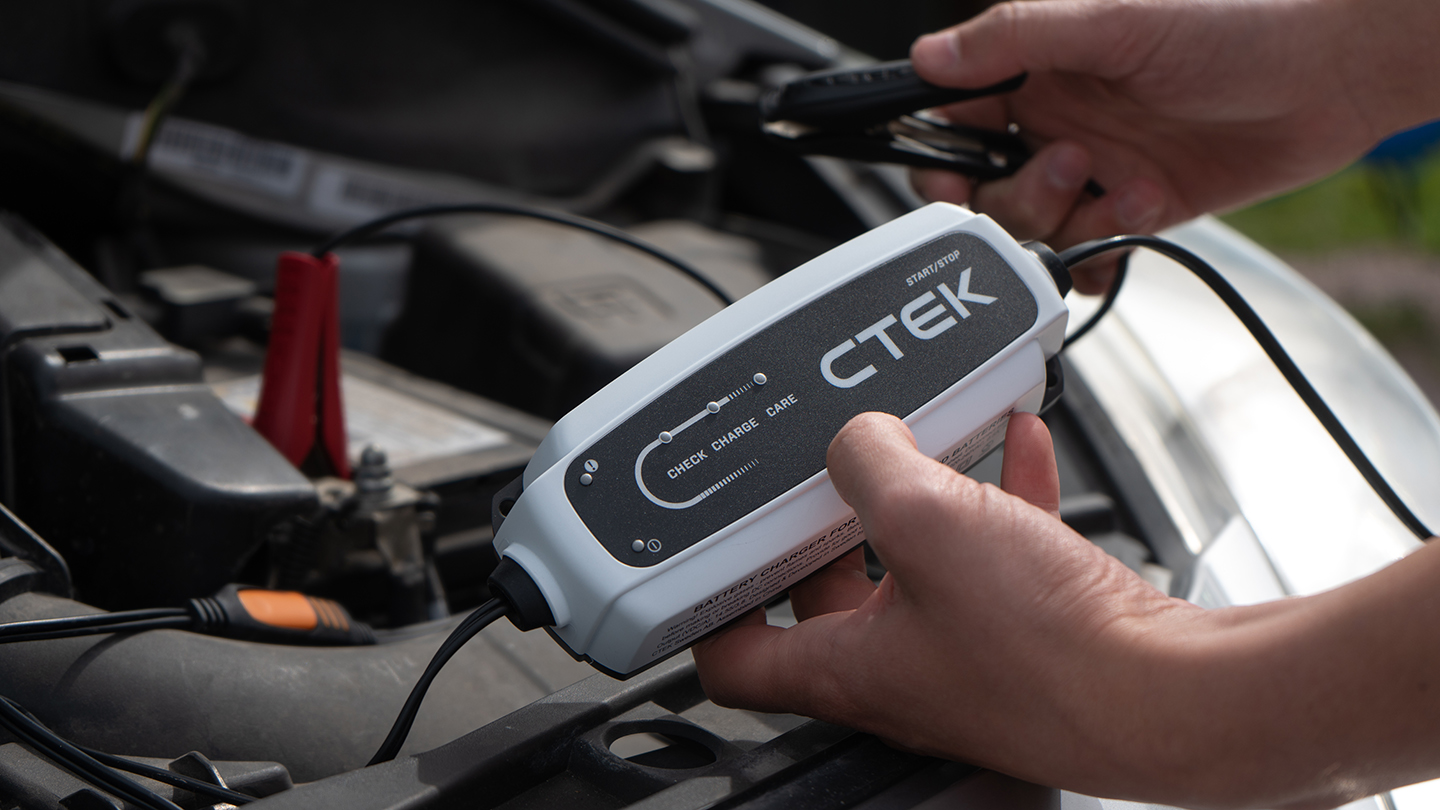Start-stop technology has been around for a long time - with the majority of EU cars now featuring the system. Most, if not all, manufacturers will install start-stop on their entire fleets over the next few years.
It has been widely established that vehicle start-stop technology provides many benefits such as increased fuel efficiency and reduced emissions.
This type of vehicle technology does however present huge challenges for the battery. Start-stop batteries must have sufficient energy to restart the engine every time the vehicle is in an idle situation e.g. when the vehicle has stopped at a red traffic light. When the driver presses down on the clutch pedal ready to pull away, or releases the brake pedal in an automatic vehicle, the engine automatically restarts.
Starting an engine is the most demanding thing that your battery will do. So, doing this repeatedly, during a succession of short, low-speed journeys for example, places massive strain on the battery – the very heart of the vehicle – and the problem with shorter journeys is that the alternator simply won’t have the time to fully charge the battery.
Gradually over time, the vehicle battery will lose charge, have a reduced capacity – which is the amount of charge it can hold – and your start-stop will, well stop! A vehicle start-stop system will only cut the engine when the vehicle stops, if it thinks there is sufficient energy in the battery to re-start the engine. If the battery doesn’t have sufficient capacity, then the start-stop function simply won’t kick in! Have you ever noticed that when you pull up at traffic lights or a junction your engine doesn’t always shut off? That is because the vehicle doesn’t think the battery has sufficient charge.
Having a reliable battery to create and store energy is crucial for start-stop vehicles and so it’s really important to keep your battery regularly charged to maximize the benefits of the start-stop vehicle.
Regular use of a ‘Smart’ battery charger such as the CTEK CT5 START STOP charger can ensure the battery is charged to maximum capacity, to ensure optimum vehicle performance. So remember, including a battery charge in routine maintenance on cars can save you from costly battery replacements whilst improving the efficiency of your start-stop vehicle.

